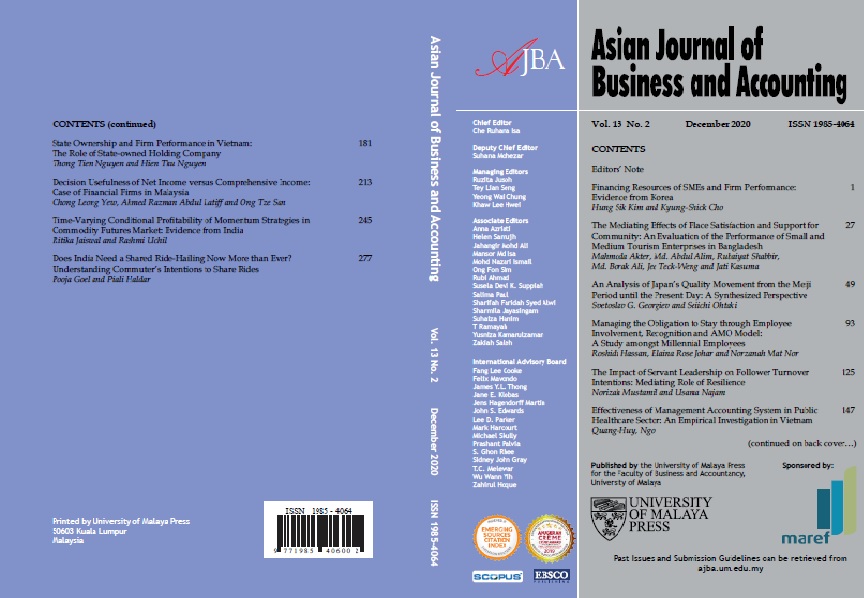Does India Need a Shared Ride-Hailing Now More than Ever? Understanding Commuter’s Intentions to Share Ridesailing Now than Ever ? Understanding Commuters’ Intention to Share Rides
Main Article Content
Abstract
Manuscript type: Research Paper
Research aims: The purpose of the study is to establish causal relationship between antecedents of shared ride-hailing service (perceived usefulness (PU), perceived ease of use (PEU), trust, perceived risk(PR)) and intention to share ride. Further, the moderating role of gender and car ownership has also been investigated.
Design/Method/Approach: Structural equation modelling (SEM) was applied to analyze the responses of 355 Indian participants.
Research Findings: Findings revealed that all the four factors that is PU, PEU, trust, and PR significantly influence commuters’ intention to use shared ride-hailing service. Further, gender moderates the strength of relationship between PU and intention to use and PR and intention to use. While car ownership moderates the strength of relationship between PU and intention to use only.
Theoretical contributions/ Originality: This study is first to identify the role of trust and PR together on intention to use shared ride-hailing service in Indian context.
Practitioner/ Policy Implications: Using the insights of the study marketers should focus more on reducing the risk factor attached with shared ride-hailing service especially among women riders. Moreover, new plans should be introduced to woo car owners to use the service.
Research limitation: The study collected the data from mega city of the country. Further studies can focus tier 2 cities to investigate commuters’ intention to use shared ride-hailing service.
